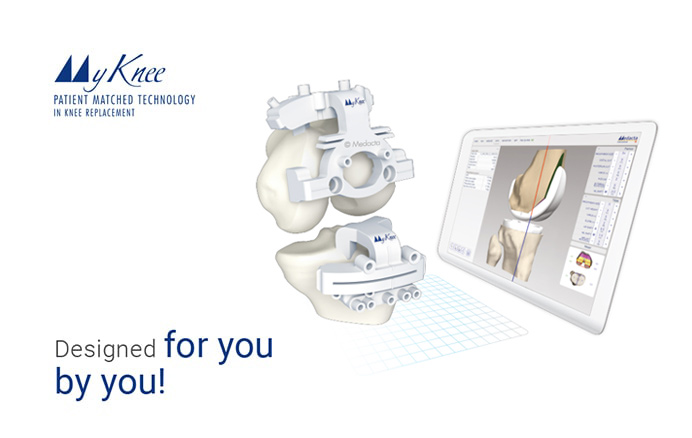
A 2016 study published in the Archives of Bone and Joint Surgery evaluates the accuracy of bone cuts and the resultant alignment using the MyKnee patient specific cutting blocks.
The authors retrospectively reviewed 132 patients undergoing primary TKR for osteoarthritis by one single surgeon. The operative time, the preoperative HKA axis based on the CT-scan, the postoperative HKA axis based on long axis standing x-rays, the planned and the actual size of the femoral/tibial components and the number of the intraoperative recuts were measured.
The average preoperative HKA axis was 177.5 (range 163.5 to 194.0), whereas the average postoperative HKA axis was 179.4 (range 177.1 to 182.7). No outliers were reported in the study. Intraoperatively, 4 femoral components (3.03%) and 7 tibial components (5.30%) applied to the patients were different than the planned size. There was no need of recuts intraoperatively.
The MyKnee system evaluated in the study was shown to be remarkable reliable in the coronal plane alignment and the prediction of the component size.
